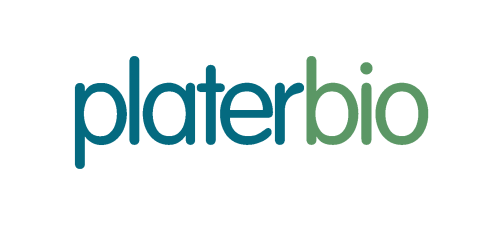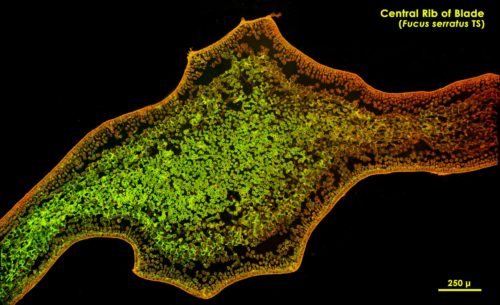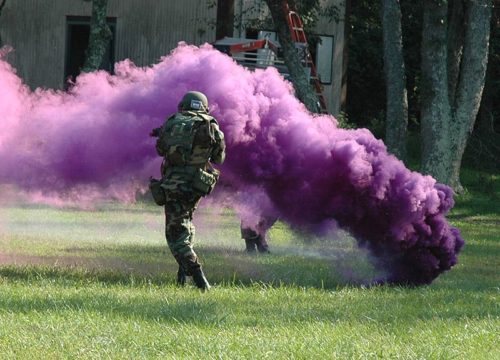

Most of the seaweed extracts used in agriculture as biostimulants are extracted from species of brown algae (Phaeophyceae); principally the species Ascophyllum nodosum (knotted wrack), which grows in the intertidal zone of the Northern Hemisphere. It is thought that the stressful conditions of repeated exposure to desiccation, ultraviolet light and temperature fluctuations experienced by the seaweed in this habitat, combined with a slower growth rate, lead to the high concentrations of bioactive compounds present in Ascophyllum. In comparison, tropical species, or the kelps that grow further out to sea produce lower concentrations of these bioactive compounds and higher levels of cellulose; a compound that is neither novel or able to stimulate plant growth.
Below I have tried to link the positive effects observed by farmers/growers when using seaweed extracts to scientific knowledge of the compounds present in brown seaweeds to further our understanding of how and when to use seaweed extract products.
Plant hormones or analogues
It is known that algae contain plant hormones and when seaweed extracts are applied to plants the crop exhibits similar responses to when purified plant hormones are applied. However, it is questionable whether these responses are due to plant hormones in seaweed extract. This is because A) many plant hormones are known to readily break down in the presence of light, heat and oxidizing conditions; all of which an extract will experience during its time from extraction to delivery in the field. And B) when people have analysed extracts for known plant hormones they have found very low concentrations.
Instead, the current accepted paradigm is that seaweed extracts contain plant hormone analogues. These analogues possess different chemical structures to the corresponding plant hormone, but induce the same/similar response when applied to the plant.
Algal polysaccharides, monosaccharides and sugar-alcohols
Alginates (alginic acid)
Aliginates are the polysaccharide that give seaweeds their gelatinous nature. They are present in very high levels in all brown seaweed and can be seen fluorescing in green in the microscope pictures below (Mike Asquith, 2017). Alginates are extracted from brown seaweed for medical use (e.g. Gaviscon). In agriculture, the gel-forming property of alginates allows for the formation of microcolloids over the surface of plants, that are thought to act as a protective film. Alginates will also act as a feed and nutrient source for beneficial microbes. This includes those that exclude pathogens from colonizing the leaf surface, and those that exude plant hormones.

Mannitol
The sugar alcohol mannitol is found in high concentrations in seaweed. Being water soluble, many seaweed extracts contain good levels of mannitol. Mannitol is a multifunctional compound and has three main areas of activity;
Antioxidant; mannitol is able to ‘mop up’ the reactive oxygen species (ROS) that create the free radicals that damage plant tissues. ROS are produced in high levels when plants are under abiotic stresses and thus a seaweed extract containing mannitol would be a good choice in stressful growing conditions.
Boron complexing; Mannitol is able to form a complex with boron atoms, effectively chelating an important plant nutrient.

Signalling in fungal attack; Pathogenic fungi also use mannitol to quench ROS when attacking a plant. The interplay between mannitol and the plant’s enzymes that degrade mannitol is an important interaction in the fight between a crop plant and pathogen that determines if a disease takes hold (ref). As a result, I recommend that seaweed extracts should not be applied if a crop is already suffering from a fungal disease.
Fucans
Brown seaweeds also contain significant levels of sulphonated polysaccharides known either as fucans or fucoidans. Unfortunately there is a paucity of studies on how these function when applied to plants, however, their use and effects on animal and human is far better studied (ref).
Vitamins and minerals
Iodine
As is the case for fucans, the function of iodine in human/animal health is far better understood than it is for how it functions in plants. It has been proposed that it could influence the interaction with beneficial microbes or help with the biofortification of crops destined for feed/food but reports are limited. Iodine sublimes to form a violet gas at temperatures well below its melting point. As such iodine/iodide is unlikely to be present in seaweed extracts that have been exposed to heat and chemically reactive conditions. This is one of the main reasons Plater Bio choose to manufacture cold press extracts.

Vitamin B12 (cobalamin)
Vitamin B12 is well known for its importance in human health. However, for plants it can also prove useful as, if you study its chemical structure (pictured below), you will see it is a natural chelation of cobalt. Cobalt is thought to be essential for the growth of a number of crop plants, and improve the growth of others. Furthermore, cobalt is essential for the enzymes involved in nitrogen fixation by bacteria. Vitamin B12 is not synthesised in plants or animals, but seaweeds contain high amounts and seaweed extracts are a good source of this nutrient. However, vitamin B12 is highly sensitive to alkali conditions (ref), so will not be present in alkali seaweed extracts; thus another reason to choose a cold press extract. Interestingly, it is thought that the vitamin B12 found in seaweed is not synthesised by the algae themselves but by the bacteria growing on their surfaces in their natural intertidal (littoral) habitat (ref).

What you won’t find in seaweed extracts
As well as all the active ingredients in seaweed, there are claims made that they are also a good source of other compounds. Quite often you will see claims made that seaweed extracts are a good source of amino acids, but if seaweeds were a good source of amino acids, we would eat them for their protein content, but this is not true. As a result seaweed extracts only contain very low levels of amino acids naturally and if you are looking for an amino acid biostimulants there are far better alternatives available.
Some seaweed extracts are formulated to contain high levels of plant macronutrients. However, seaweed extracts naturally contain very low levels of all macronutrients, with typical values of less than 1% w/v. Those seaweed extracts sold with much higher NPK values will have had extra nutrients added, or in the case of alkali extracts, there will be potassium present due to the use of potassium hydroxide required for the chemical extraction. At Plater Bio we produce superior seaweed extracts without the use of hazardous chemicals which have naturally low NPK values and then match the extract to an appropriate fertilizer if required for formulation or tank mixing.
If you would like to know more about seaweed extracts, how to use them, or the difference between extraction methods please get in touch.



-500-width.jpg)